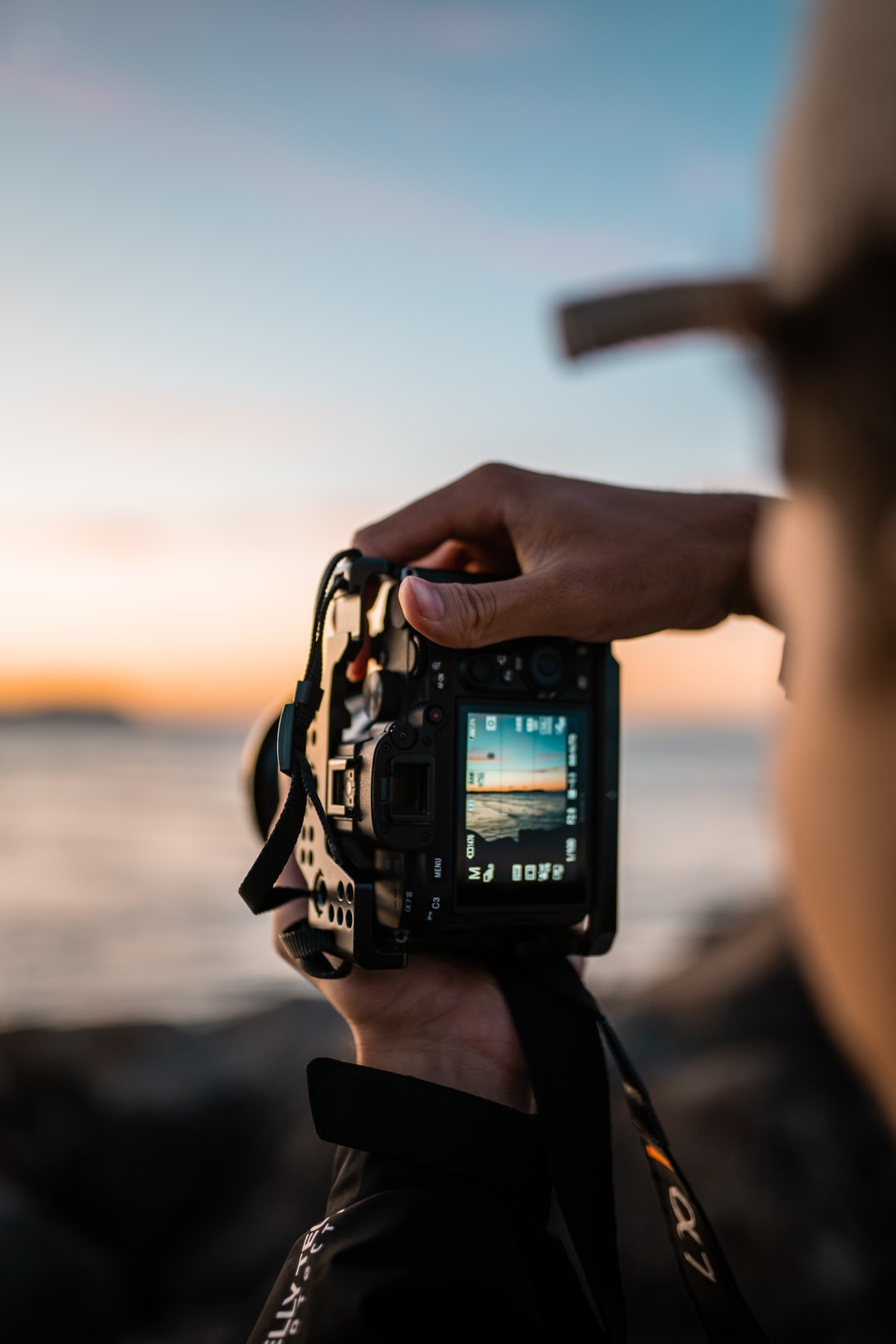JumpStory, a groundbreaking startup that curates authentic images created by passionate amateurs, has published a free guide on how to avoid legal risks when using images for marketing and communication online. Users of free photo websites or marketing platforms with free image libraries are running a huge legal risk without even knowing it. According to one of these free stock photo websites, more than 18,700 popular websites have integrated their image library (API), so the legal problems are growing exponentially. What seems to be free photos and therefore a smart and cheap way to integrate images into your marketing material on the surface, may not end up being that cheap after all. If, or perhaps more likely, when an infringement letter is received for breaching the image copyright or license terms, there’s only one person who will be stuck with the fine: the end user. That’s because the free image platforms and their API-integration partners put all the legal responsibility on the end users. As image platforms, these free image websites don’t prevent people from uploading photos to the platform that don’t belong to them, and at the same time the free image platforms all refuse to offer any kind of insurance or financial compensation if a customer gets into legal trouble. This problem is currently exploding due to recent advancements in artificial intelligence, image recognition, and automated reverse image searching. According to the global copyright company Copytrack, more than 3 billion images are shared every day, and a staggering 85% of them are stolen. Where photos on the free image platforms may not be stolen, they still come with no form of model or landmark releases. That means that the people and famous landmarks in the images have not approved the use of their likeness for commercial purposes. Ten years ago, this was not considered a big problem because the ability to track it was limited, but that has certainly changed according to the co-founder of JumpStory, Jonathan Low: “The millions of users on these popular marketing platforms are running a huge risk when they use their free image libraries, just like they’re running a risk if they use photos from the free photo platforms themselves. The problem is that these free photo platforms put all the legal responsibility on the end user. So they don’t help you in any way if you receive a copyright infringement letter from a lawyer.” Most customers don’t know the risk that they’re running because they feel safe when they’re on the websites of such well-known brands, Low explains. “The problem is growing exponentially due to better tracking technology combined with the fact that thousands of popular marketing-platforms out there have decided to integrate these free image APIs without really considering the legal safety of their customers.” If you want to make sure that you’re not running a legal risk when using images for marketing and communication online, JumpStory has put together this free guide: https://jumpstory.com/blog/copyright-infringement-on-photos-how-to-stay-out-of-trouble Press Contact:Jonathan Low, co-founder of JumpStory+45 28 78 54 50jl at jumpstory dot com Source: JumpStory
- Post by James Sumo
- Aug 14, 2022

LATEST POST

- Post By James
- June 6, 2024
My Hope Lies in God

- Post By James
- May 28, 2024
Focus on God's Word and Not Your Problems

- Post By James
- May 27, 2024